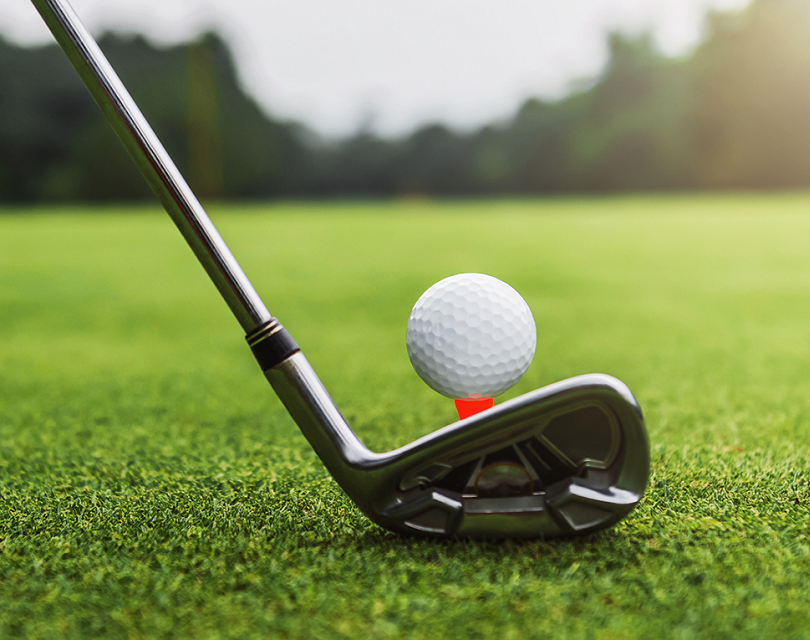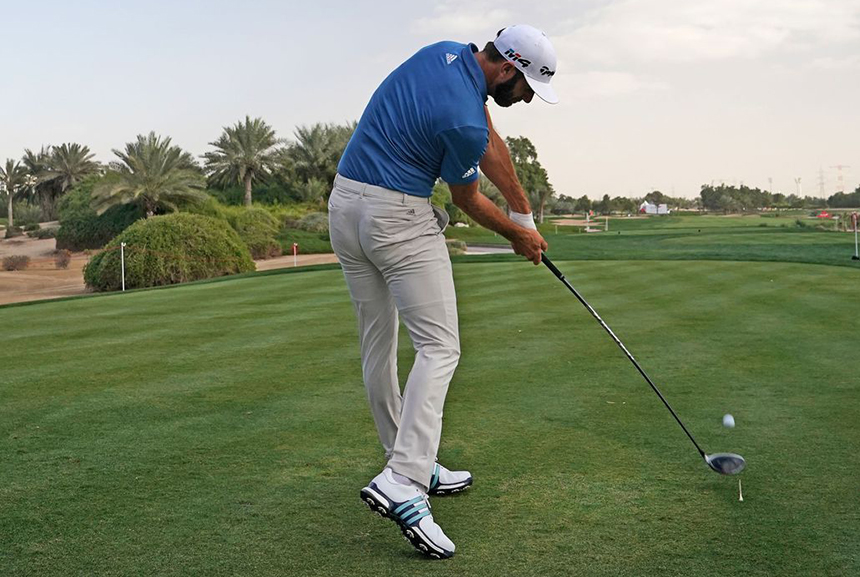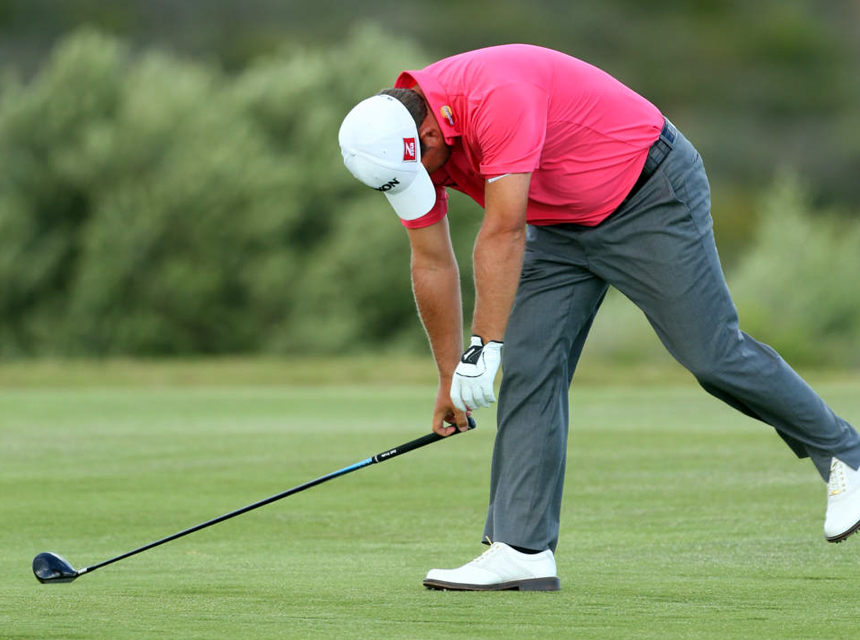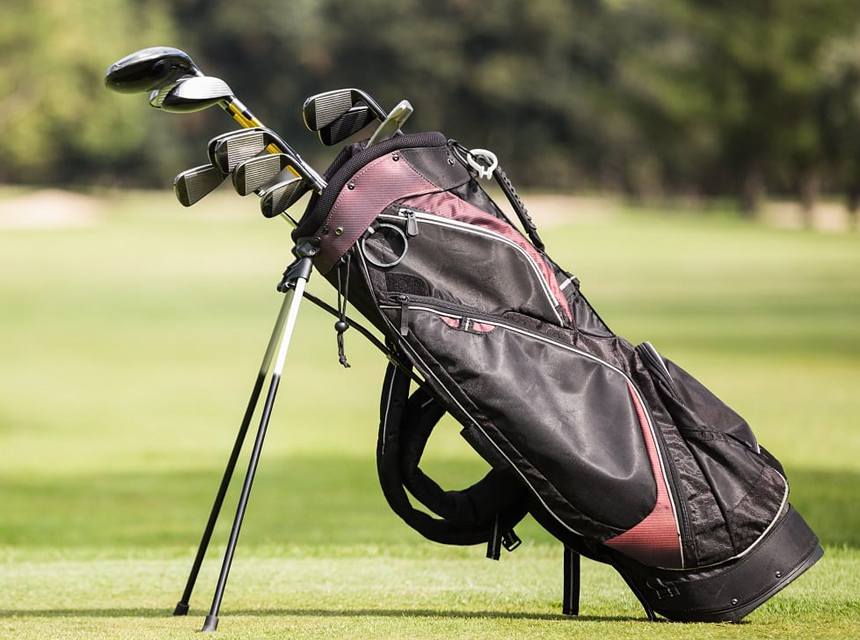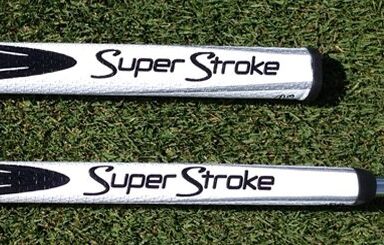
Admit it: hitting a driver is one of the most intimidating aspects of golfing for beginners. Unfortunately, it’s usually the first shot on all holes, so you can’t really avoid it. You just have to get it right. The good news is that it’s not really difficult. You’re probably struggling with the 3 main challenges that plague beginners; hitting the driver all over, hitting a big slice, or simply being too nervous.
In this guide, we’ll highlight everything you need to know about driving. We‘ll break down the typical mistakes that most beginners make and show you how to avoid them. By the end of this article, you’ll be hitting drivers confidently. Let’s dive right in!
According to Golf.com, the driver should be part of your golf equipment arsenal because you’ll need to hit the club on most holes in any golf course. This is why it’s important that you learn how to hit a driver, as this will also help you wield it with confidence.
When you’re starting out, you’ll likely make mistakes that beginners make but don’t give up just yet. With consistent practice, you’ll wield the driver in no time. There are 3 main reasons why newbies have a hard time hitting a driver;
Perhaps one of the most common reasons that is often overlooked has a lot to do with psychology. Think about it: when you use your driver, your first instinct is to hit the golf ball as far as possible. You then end up swinging much harder than you should, maximizing your chances of making mistakes. With other clubs, it’s different. For instance, if you want extra distance and you’re using an iron, you’ll obviously take a longer one. This reduces your chances of making bad shots.
If you’re looking for a driver that will help you improve your game, you should check out our review on the best drivers for beginners.
Here’s a step-by-step guide on how to hit a driver for beginners.
When getting into position, your stance should be wider compared to your shoulders so that your feet are out slightly. This stance will help you make longer swings when hitting the driver. Generally, anytime you’re using longer clubs, you should make wider stances. Narrow stances should be reserved for shorter clubs.
If you’re looking for a good driver, the TaylorMade SIM MAX Driver comes highly recommended. It’s available in both right & left orientation and is available in regular flex. This driver is made from titanium, so it will serve you for a long time, and it has a 10.5 Degrees loft. Most importantly, it uses Twist Face technology which is more forgiving to beginners. Alternatively, you could use the Callaway Big Bertha B21 Driver, which is one of the best, according to multiple reviews. The shaft material is RCH 45gr Graphite, and it comes with a 12.5 degrees loft. This driver has a larger head that has been integrated with internal draw bias weighting to help you hit longer and straighter balls.
The best way to line up your ball is by placing it in front of you, in alignment with the inside of your dominant foot. One of the main mistakes that beginners make is placing the ball in the middle. This then leaves them little space to make a proper hit because a driver is long.
This ball position allows you to make an upswing hit which then results in straight drives and creates less spin.
According to Golf Digest, every golfer wants to be in the zone. Unfortunately, the more you seek it, the more it evades you. If the tee box gets you nervous, the anxiety is probably affecting your ability to swing your driver. The nerves make your backswings short and fast, and it’s difficult to hit a good drive with this move.
If you encounter a tough driving hole that makes you tense, focus on turning your lead shoulder behind the ball, as this will help you make a full rhythmic motion. It will also give you more power, especially if you shift your weight correctly.
You should hold your driver the same way you hold your baseball bat: with both hands on the club, but the dominant hand should be in front. This will angle your club towards the gold ball, and the butt end of your driver should be pointing at your belt buckle. If you feel uncomfortable or unstable making this move, interlock your dominant hand’s little finger with your index finger of the other hand.
Your driver should be about 10-12 inches away from you (or rather your belt buckle). So, back away from the ball until there’s enough space for you to create a good swing.
You should tee the ball at 2.75 inches. This will allow you to hit the ball with a perfect upswing enabling you to hit it straighter and further. With regular practice, you’ll be better positioned to adjust the height based on your preferences.
Now that you already know the position, you should assume the next step is actually hitting the driver. Here’s how you should do it right.
Ignore your instincts to immediately hit the ball as hard as you can and start by choosing a target that aligns with the distance you’re aiming. For instance, instead of just looking at the green, look at a bunker or tee, as this will help you line up your stance.
Before you make a backswing, you should loosen up by moving your club back and forth. Don’t stop this movement until your feet and fingers start to loosen up. Most newbies tend to freeze due to the anxiety of hitting the driver right and end up locking the club tight. This then results in a poor swing. Relax. As difficult as this sounds, you should ease up as this helps with driving.
Pull the driver backward and then in an upwards motion above your head; try to maintain the right balance, take a slow, calculated move and take more time at the top of your backswing before you bring down the swing. The secret is to maintain your center of gravity at the middle section of your body. You should then bring the driver down and towards the golf ball.
There are 3 main mistakes that beginners make:
Even after you make contact with the ball, your arms should maintain their speed and sweeping motion. The driver should end up in front of you but above your head. Most beginners simply hit the ball and then stop their arms forcefully, preventing them from completing the swing.
Being nervous impacts your driving abilities and makes you hold the club too tight. Try to calm yourself while on the course as this will help you hit much easier.
There are various ways you can fix your slice;
You should also release your club before it makes an impact.
Pay close attention to the direction that the clubface is pointing, as it’s majorly responsible for the direction that your ball tasks off when you hit it.
Driving is an essential part of golf, but it is also one of the most challenging aspects for beginners. Most people end up hitting it everywhere, hitting a big slice, or feeling too nervous when hitting a driver. As you can see from the above golf driving tips for beginners, it doesn’t have to be too difficult. You simply need to perfect your driving position and then hit the driver right. If you’re too tense, engage in some calming exercises before hitting the ball.
